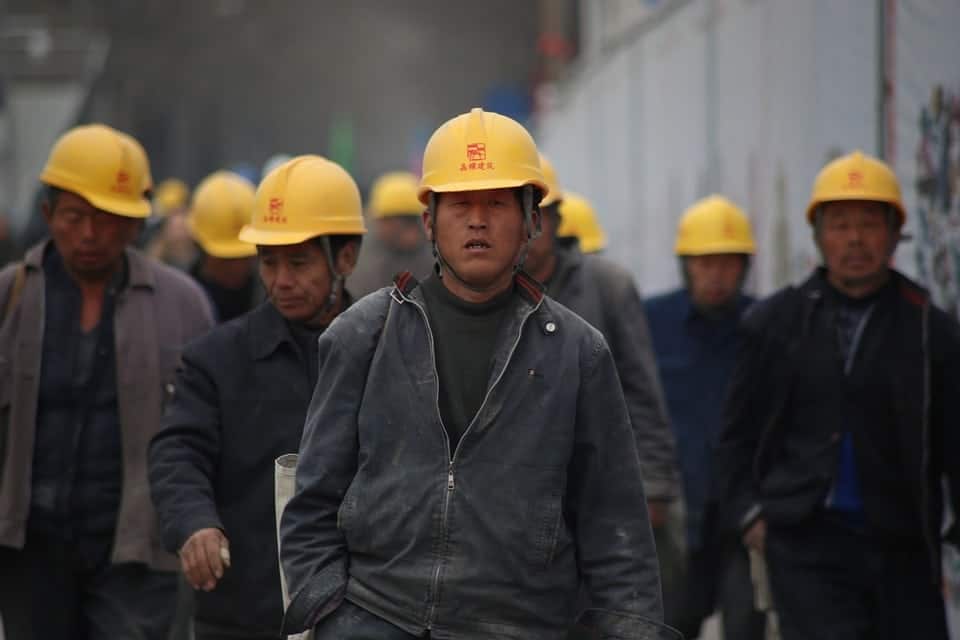The Role of the “Same Decision” Defense in California Whistleblower Cases
Whistleblower cases in California differ from discrimination cases in several important ways. Among other things, Section 1102.6 of the Whistleblower Protection Act (found in the California Labor Code) provides that where an employee proves by a preponderance of the evidence that discriminatory activity was a “contributing factor” with respect to a discriminatory act, the burden then shifts to the employer. To meet that burden, the employer must prove by “clear and convincing evidence” that the action would have occurred for other legitimate, independent reasons even if the employee had not engaged in protected activity. The statute reads as follows:
In a civil action or administrative proceeding brought pursuant to Section 1102.5, once it has been demonstrated by a preponderance of the evidence that an activity proscribed by Section 1102.5 was a contributing factor in the alleged prohibited action against the employee, the employer shall have the burden of proof to demonstrate by clear and convincing evidence that the alleged action would have occurred for legitimate, independent reasons even if the employee had not engaged in activities protected by Section 1102.5.
This framework, and particularly the requirement that an employer present “clear and convincing evidence,” can be useful for employees in situation in which a number of factors contributed to the decision to discipline or terminate. Furthermore, in Lawson v. PPG Architectural Finishes, Inc. (2022) 12 Cal.5th 703, the California Supreme Court concluded that Section 1102.6 provides the “applicable substantive standards and burdens of proof for both parties in a section 1102.5 retaliation case” and is a “complete set of instructions” for adjudicating whistleblower retaliation claims.
The language in Section 1102.6 does not appear in California’s Fair Employment and Housing Act (FEHA), where many of the state’s antidiscrimination laws are found. For this reason, the FEHA treats cases in which there are multiple reasons for an adverse employment action differently. In Harris v. City of Santa Monica (2013) 56 Cal.4th 203, the California Supreme Court held that in FEHA claims, where an employer proves that it that it would have made the same decision even absent any unlawful discrimination, the employee is still entitled to declaratory or injunctive relief, as well as attorneys fees. However, to trigger this situation, an employee must show that discrimination was a “substantial factor” in the underlying decision.
In other words, the first step of the analysis under FEHA discrimination claims is more challenging for the employee to meet because the employee must show what discrimination was a “substantial factor” as opposed to just “a contributing factor”. However, once the employee meets that burden, in the second step of the FEHA analysis he or she can prevail even if there were other reasons for the discriminatory act.
A recent decision of the First District of the California Court of Appeal clarifies the ramifications of the difference in language between the FEHA and the Whistleblower Protection Act. In Ververka v. Department of Veterans Affairs (May 22, 2024), A163571, the plaintiff tried to import the Harris framework into a whistleblower case. The court rejected that effort, holding that the “same decision” defense is a complete defense in cases brought under the Whistleblower Protection Act.
If you have questions about your rights at work-either a whistleblower or under California’s Fair Employment and Housing Act, please feel free to contact the attorneys at Hunter Pyle Law and to make use of our free and confidential intake process. We can be reached at (510) 444-4400 or at inquire@hunterpylelaw.com.

